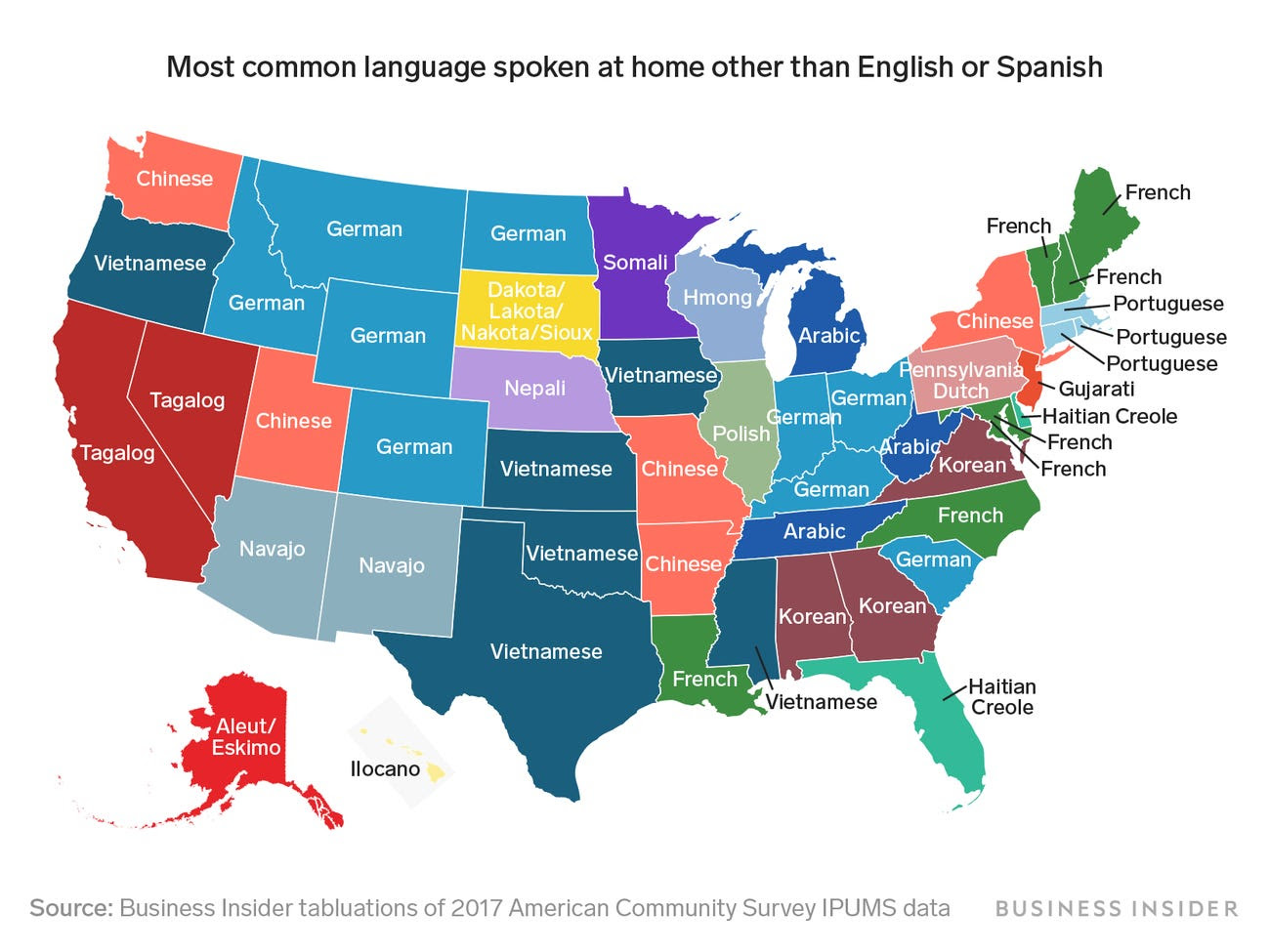Language, in its essence, serves as a kaleidoscope through which humanity perceives the world. It is a complex tapestry woven from threads of culture, history, and cognition, reflecting a civilization’s values and beliefs. The mere act of utterance becomes a linguistic ritual, a symbiotic dance between speaker and listener, wherein meaning is exchanged and connections are forged. In exploring the intricacies of language, we delve not only into communication but also into the myriad layers of human experience.
At its core, language is akin to an intricate map of the human mind, revealing the pathways of thought and emotion. Each dialect, each idiom, serves as a unique signpost, guiding us through the multifaceted landscapes of human experiences. Just as cartographers chart unknown territories, linguists explore the depths of language, discovering realms of meaning yet uncharted. This process of exploration not only uncovers the richness of our communicative capabilities but also illuminates the differences that exist between various cultures.
The diversity of languages across the globe is akin to an ecosystem, each language serving as a vital species within the environment of human interaction. When one considers the more than 7,000 languages spoken today, it is reminiscent of the vibrant biodiversity found in nature. Each language harbors its own nuances, idioms, and phonetics—distinct elements that define its identity and purpose. For instance, consider the differences in how various cultures express concepts such as love, anger, or time. In some languages, multiple terms exist for a single emotion, indicating a profound cultural significance attached to that sentiment. Herein lies the unique appeal of language: it encapsulates not only words but also the very essence of cultural existence.
Language is also a powerful tool of identity. For many, their native tongue acts as an anchor, a steadfast tie to their heritage. Dialects and regional vernaculars can evoke a sense of belonging, acting as a linguistic fingerprint that marks one’s place within the social fabric of a community. However, language is more than just a means of identification. It also highlights the intricate nature of social dynamics. Power, privilege, and oppression can manifest through linguistic dominance. The marginalization of a language can signify the erasure of a culture, akin to deforestation that obliterates a rich biodiversity. The preservation of language, therefore, becomes an act of resistance, protecting not just words but the collective memory and traditions of a people.
Moreover, language acts as a bridge, connecting disparate cultures and facilitating essential cross-cultural dialogues. In an increasingly globalized world, the need for linguistic exchange becomes paramount. The metaphor of language as a bridge illustrates its role in promoting understanding and fostering collaboration among diverse communities. When individuals learn new languages, they embark on a journey, gaining new perspectives and insights that transcend the mere act of translation. For instance, the study of a foreign language can inculcate empathy, as one immerses oneself in the cultural context that shapes its usage. This, in itself, can mitigate misunderstandings and cultivate a more harmonious coexistence amongst varying ethnicities.
However, embracing this linguistic diversity is not without its challenges. The influence of globalization has led to the dominance of certain languages, often at the expense of lesser-known dialects. Language extinction poses a significant threat, as the final speakers pass on without successors, taking with them invaluable cultural legacies. This phenomenon can be likened to the extinction of entire species, where the loss of a language can result in a profound silencing of unique worldviews and knowledge systems. Efforts to revitalize endangered languages are crucial, acting as botanical preservation projects seeking to ensure that no cultural species becomes obsolete.
Language is also a dynamic entity, perpetually evolving and adapting to the shifting sands of society. The birth of slang, neologisms, and borrowed terminology illustrates the fluid nature of linguistic communication. This metamorphosis reflects societal changes and technological advancements, with new words stemming from innovations in science, culture, and social movements. The emergence of digital communication has spawned an entirely new lexicon, from emojis to acronyms. Here, language becomes not just a static tool but a living organism, evolving and morphing to meet the expressive needs of its speakers. This adaptability ensures that language remains relevant and accessible, catering to contemporary modalities of communication.
As we contemplate the artfulness of language, its poetic qualities become apparent. The elegance of metaphor and simile grants language a unique appeal, transforming simple expressions into profound revelations. A poet encapsulates emotions akin to a painter wielding a brush, creating vivid imagery that reverberates with the reader’s soul. Whether through a poignant sonnet or a compelling narrative, language holds the power to resonate, provoke thought, and inspire change.
In conclusion, language transcends mere communication; it embodies the essence of human existence. It shapes our perceptions, nurtures our identities, and connects us to one another across the tapestry of human experience. As we navigate a world woven with diverse languages, it is imperative to cherish this precious resource, ensuring its evolution and preservation for generations to come. The metamorphic journey of language remains a testament to the indomitable spirit of humanity, encapsulating the multifaceted narratives of our collective journey through time.
